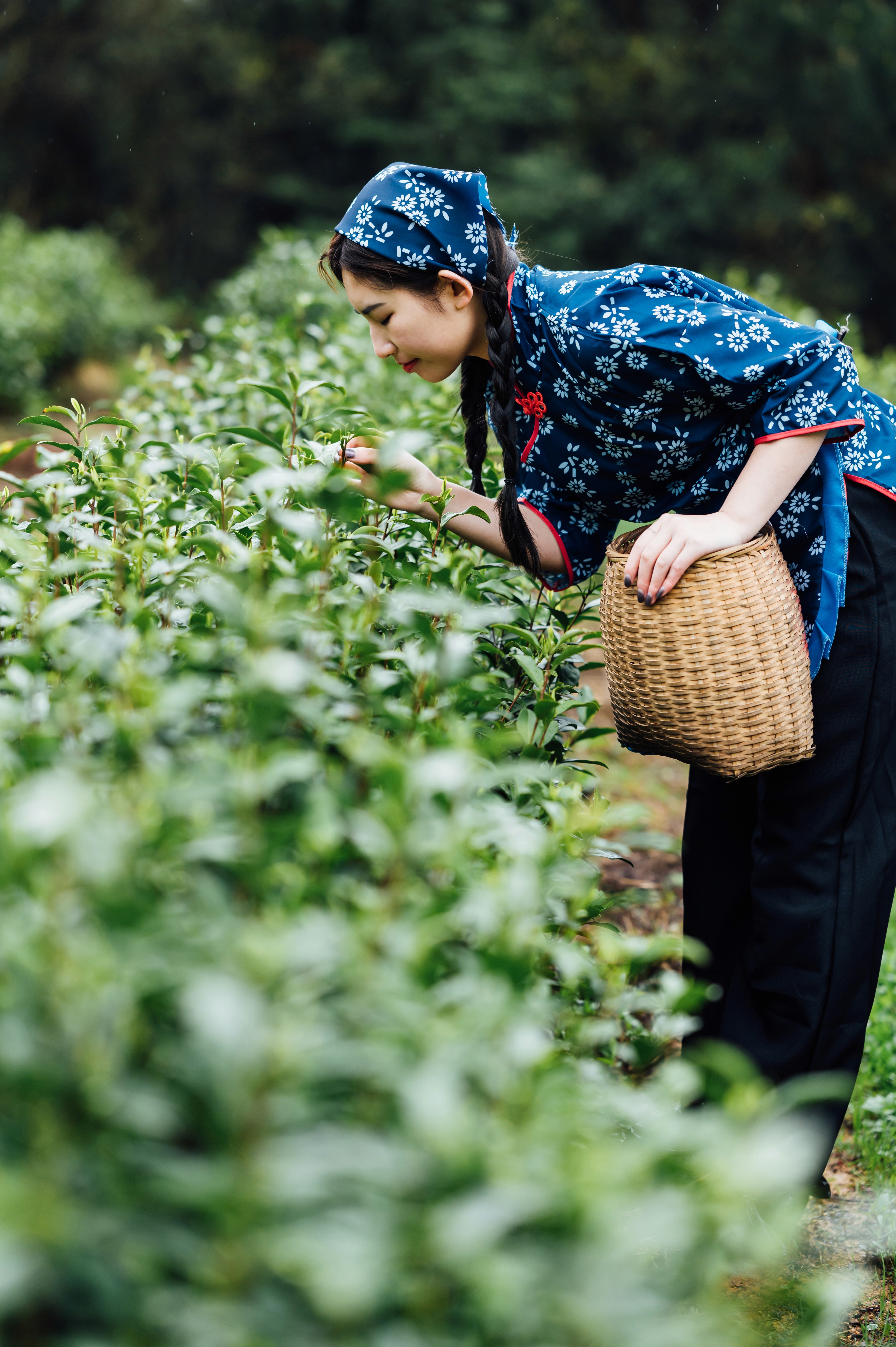Jul 25, 2025
How to Choose the Right Matcha Grade for Your Café, Brand, or Daily Ritual
Every matcha decision begins with clarity. Are you guiding a café’s menu, launching a wellness brand, or refining your daily ritual? Knowing why you’re choosing matcha-and for whom-is critical.
Why There’s No Official Matcha Grading - and Why It Matters?
Terms like ceremonial, premium or culinary are largely marketing constructs, not regulated Japanese classifications. Supplier definitions and taste can vary drastically. Today, many people think matcha must come from Japan - that it’s the only source of quality - but mainland China produces authentic, shade-grown matcha with comparable tradition and terroir. Ultimately, purpose and proven quality matter more than romantic origin labels.
Five Key Sensory Criteria to Help You Choose (When Ordering Samples)
When you request matcha samples from suppliers, evaluate each one using this checklist:
Matcha Color Vibrancy
Ideal matcha: bright emerald/grass-green for ceremonial; vibrant and even in premium; dull or olive for culinary.
Tip: Avoid yellowish or oxidized powder.
Matcha Aroma
Ideal: fresh, vegetal with a hint of sweetness.
Red flag: stale, grassy or hay-like smell.
Matcha Texture & Grind
Ceremonial: ultra-fine - feels as smooth as flour.
Culinary: slightly coarser yet still workable.
Test dissolvability in both water and milk.
Matcha Flavor Profile
Ceremonial: naturally sweet, no bitterness, rich umami.
Barista/Premium: balanced - stands out even in milk.
Culinary: bold, slightly bitter - ideal when mixed or baked.
Matcha Cost & Origin Transparency
Query: What’s the harvest date and shading time?
Ask for Certificates, Origin and Packaging.
Going cheap can cost you more in the long run if flavor or quality falls short - but paying more doesn’t always guarantee the perfect matcha either.
Matcha Grade Decision Table
Use Case | Grade to Choose | Color | Aroma/Texture | Flavor Style | Cost |
|---|---|---|---|---|---|
Mindful tea drinking | Ceremonial | Vibrant Green | Silky, fresh | Smooth, umami | High |
Lattes & wellness drinks | Barista/Premium | Bright Green | Fine, well-balanced | Mild vegetal, creamy | Mid-range |
Baking, smoothies, bulk blending | Culinary | Dull Green | Slightly coarse | Bold, fits well into recipes | Low-medium |
👉 Explore Our Matcha Offerings
How to Evaluate Your Samples: Step-by-Step Checklist
Whisk Test in Water: 70-80 °C water, bamboo whisk - smooth foam is a good sign.
Visual Check: Observe dry powder - no chunks or dark flecks.
Milk Test: Stir into milk or alt-milk - does color stay bright, taste hold up?
Blind Taste: Evaluate bitterness, sweetness, and aftertaste without labels.
Supplier Transparency Check: Confirm origin, harvest details and request lab results.
Personalized Decision Guide - Subjectivity Is Your Ally
There’s no one-size-fits-all matcha. Your choice should reflect who you serve:
A meditation clientele wants depth and purity - go ceremonial.
A fast-paced café needs something bright that works well under milk - go premium.
A recipe-heavy brand wants cost-efficient consistency - go culinary.
Everything hinges on your context. The grade names are convenient but optional. Trust your senses, purpose, and supplier’s testing credentials.
The best matcha doesn’t just taste good - it performs against your goals and standards. Want help choosing the right one? We’ll send you a custom sample kit based on your use case - complete with harvest info, and evaluation guidance.

